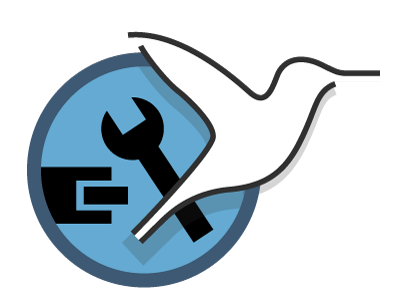7.0.1 Introduction to Joining of Structures and Manufacturing
Course subject(s)
Module 7. Joining of Structures and Manufacturing
We are approaching the end of the course, and as you have been seeing in the past modules, we have been tackling new topics that seem to join all of the concepts from the previous modules. But joining of concepts is not the only form of joining a structural engineer must deal with. We have to consider how to join the various structures we design and build to assemble into a full aircraft!
Are joints really necessary? Can’t we just build an airplane all out of one component? The reality of 3D printing and other new manufacturing methods may help us achieve structural designs with fewer joints, but for a number of reasons, it is not practical to design an aircraft without any joints. Otherwise how else will the passengers get in an aircraft if a door is not joined to it?
In this module we will take an introductory look into some of the main joining methods used in aircraft and spacecraft structures and try to understand some of their pros and cons as selecting a joining method, like most design decisions, is a compromise as well.

At the end of this module, you will be able to:
- Describe the different types of mechanically fastened joints
- Describe the difference between tension and shear joints, as well as their respective load transfer mechanisms and failure modes
- Describe the different types of welded and bonded joints
- Discuss reasons for selecting certain structural designs based on a manufacturing process

Introduction to Aerospace Structures and Materials by TU Delft OpenCourseWare is licensed under a Creative Commons Attribution-NonCommercial-ShareAlike 4.0 International License.
Based on a work at https://online-learning.tudelft.nl/courses/introduction-to-aerospace-structures-and-materials/.



